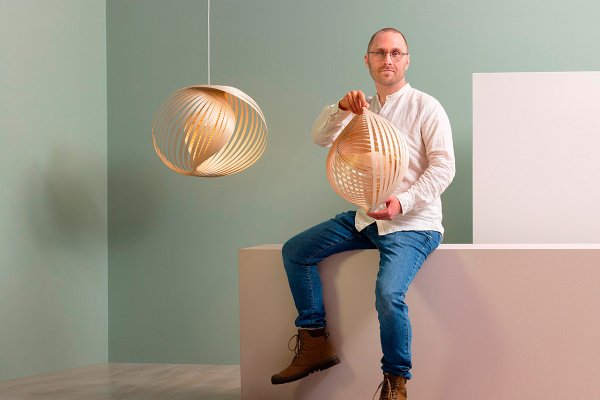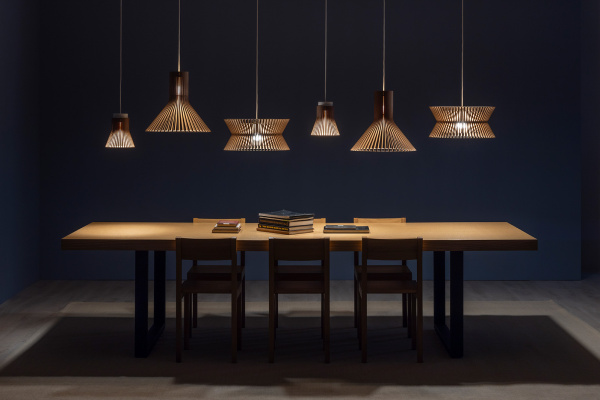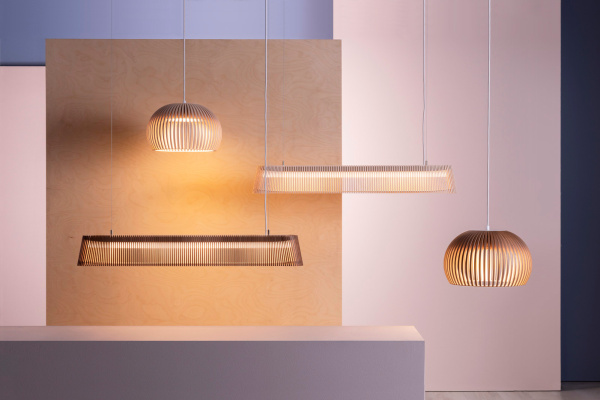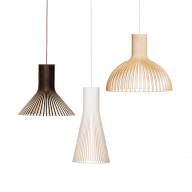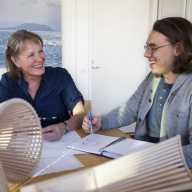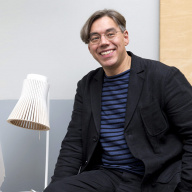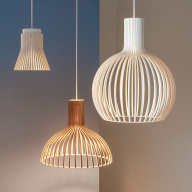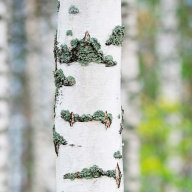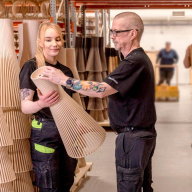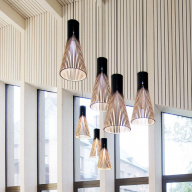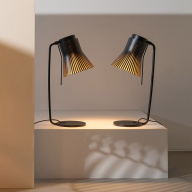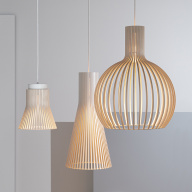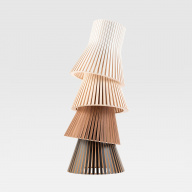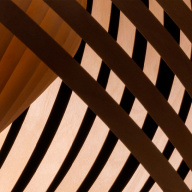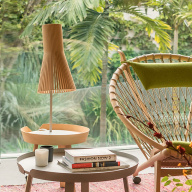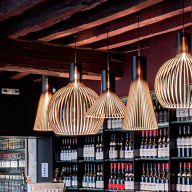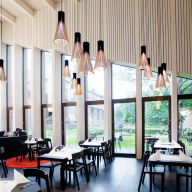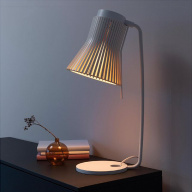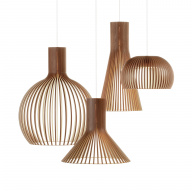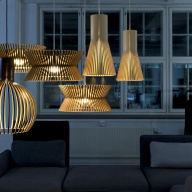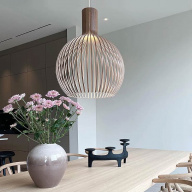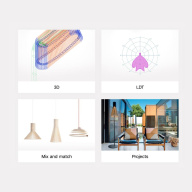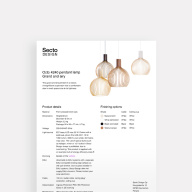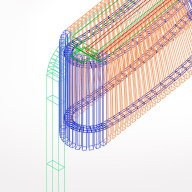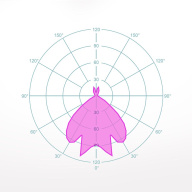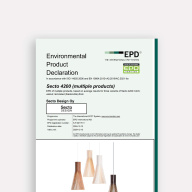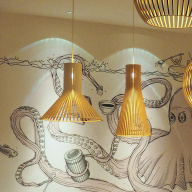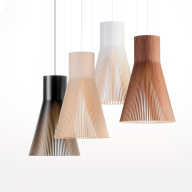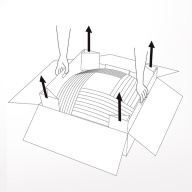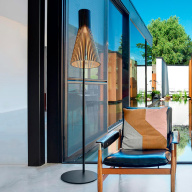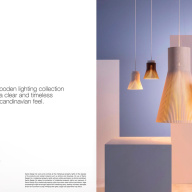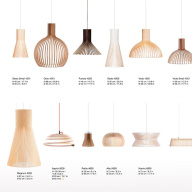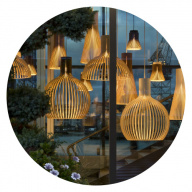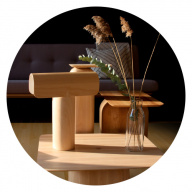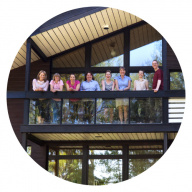One lamp can make all the difference
The founder of Secto Design Tuula Jusélius first met Finnish architect and designer Seppo Koho when Seppo was still a student at the University of Art and Design in Helsinki. The school had just kickstarted a matchmaking service that aimed to facilitate connections between young designers and established companies. When Jusélius sent the school an ad looking for a talented young designer, she received eight applications from which she chose Seppo Koho as one of three interviewees. The next morning, Koho called to tell Jusélius that he hadn’t slept all night; he had stayed up to draw an entire series of furniture. That morning sealed the deal—since then Seppo Koho has been Secto’s only designer.

Octo 4240, Puncto 4203, Secto 4200 and Atto 5000, designed by Seppo Koho. Photo by Uzi Varon.
The collaboration withstood the waves of trends and tests of time. “Seppo has had plenty of new ideas — enough to keep us busy,” says Jusélius. The company admits that it doesn’t follow trends. Instead, it aims at creating classics; design icons to cherish and keep for a lifetime. Working with the same designer has provided the company with an easy way to keep their collection uniform. The team speaks the same language and knows each other’s strengths, making their style distinctand unique. In the beginning, they expected the aesthetics to appeal to Japanese and Finnish consumers, but success soon happened on a globa lscale too. Today, a Secto lamp isn’t out of place in a Middle-Eastern palace, nor at the Livreria Cultura in São Paulo.

Magnum 4202 pendants at Livraria Cultura, São Paulo, Brazil. Project by studiomk27. Photo by Fernando Guerra.
When it comes to a bestseller, Jusélius doesn’t need time to think. “It has to be Octo,” she replies immediately and launches into a story about working at her summer cottage. She had placed the first Octo shade on top of her sofa table, whilst she was working elsewhere in the same room. “Whenever I was taking a small break from writing to think, my gaze would automatically be drawn to the lamp,” she explains. Koho’s philosophy has always been that a light must never shine directly into your eyes—quite the opposite, it should be soft and gentle, instead of hard and rigid. The soothing light, as well as the slightly oval shape of the shade provided a much-needed meditative mood, just the right one for concentrating. “I guess that’s the secret of our shades,” ponders Jusélius, “they are like magnets built of harmony.”

The classic Octo pendant - a cocoon of comfort.
Secto Design lamps are special because of the atmosphere that they create. A balance between an object and a mood, they turn rooms into welcoming spaces. “For Seppo, lamps are never just lamps. He is an architect, so he thinks like one. It is a special way of approaching design.” Each lamp shade that he sketches has a similar spatiality; the shades are a space within a space. They look like cocoons of comfort but still stand out due to their presence. The bent birch shades command attention, yet blend in, like true design chameleons.
Writer:
Agency Leroy for Northerly


